Engineering the future: The 2013 Dyson award shortlist
- Published
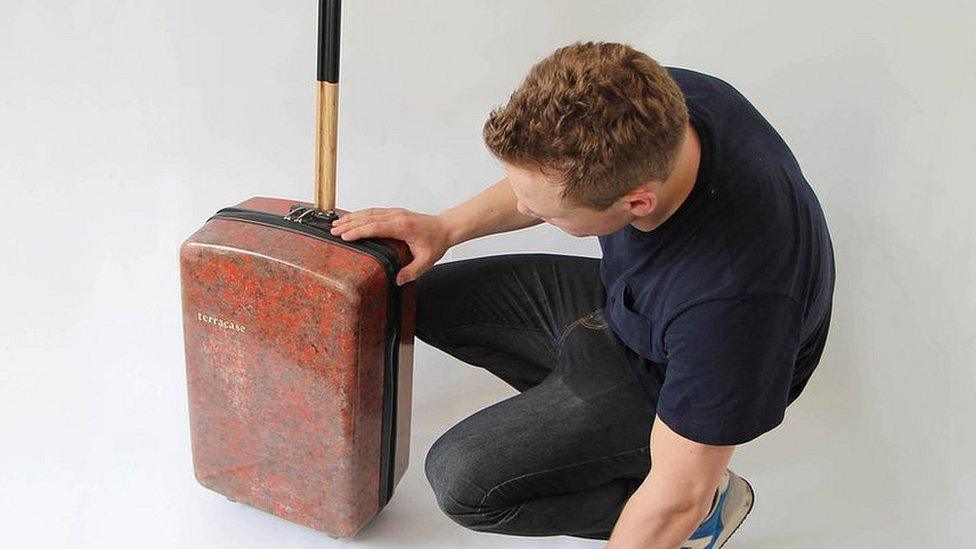
Twenty inventions are shortlisted for this year's James Dyson Award for engineering. The winner will receive £30,000 in November. Among them is Biowool - a British project that takes waste material from the wool industry and turns it into a material that can be used as a substitute for plastic.

Xarius is a German entry. It uses the wind to generate power which can then be used to recharge other gadgets.
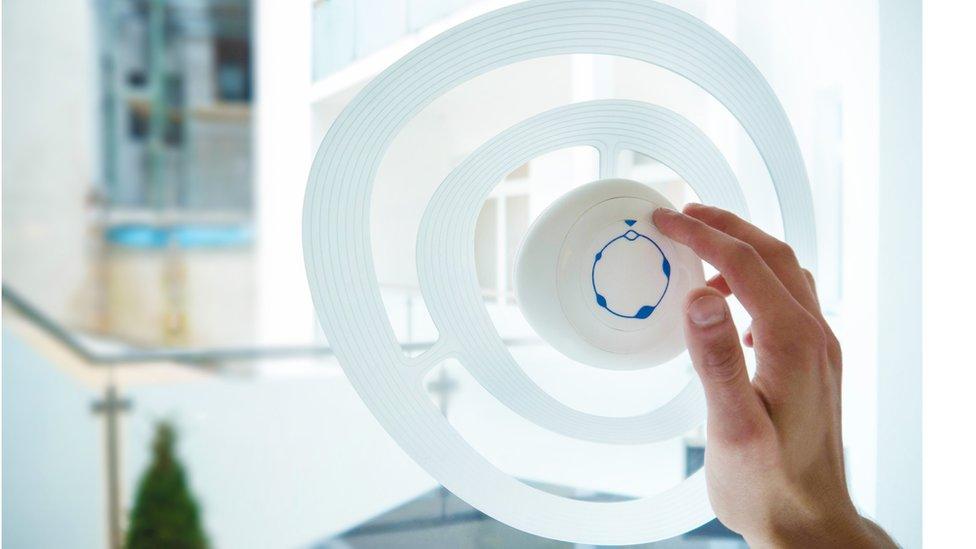
Sono, from Austria, aims to cancel out certain sounds, preventing them pass through a window. Users can select which tones to eliminate via wi-fi.
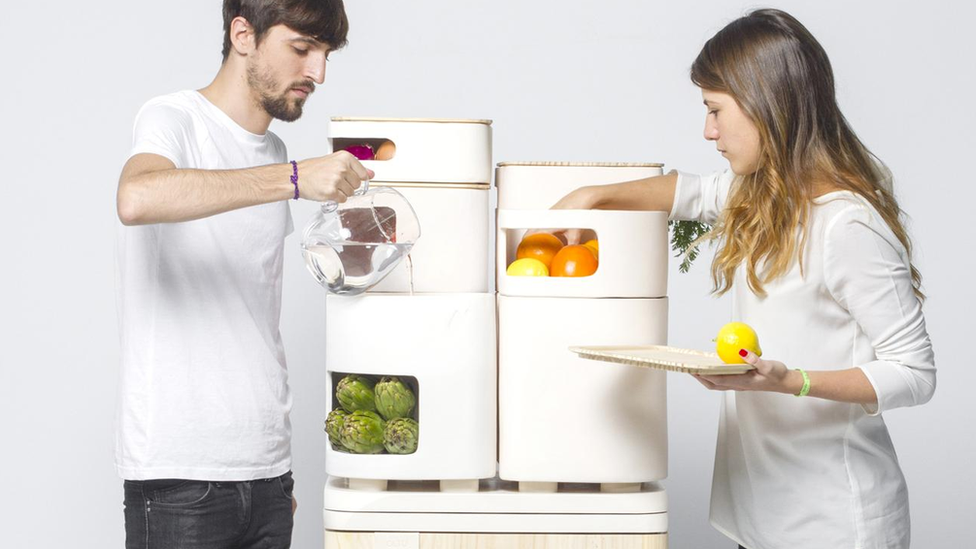
Oltu promises to offer more space to store fruit and vegetables. The Spanish invention uses excess heat produced behind a fridge to power four different areas which can be set to be cold or warm, wet or dry.
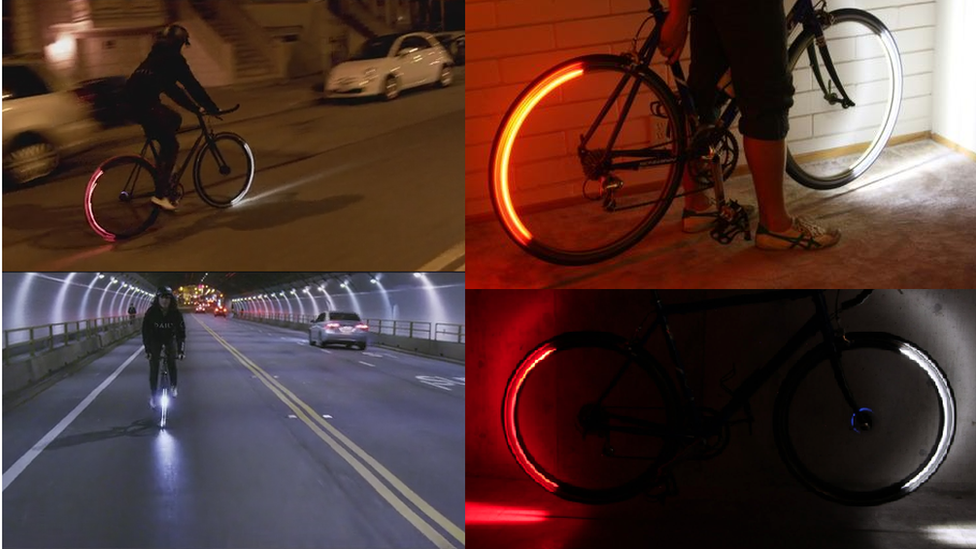
The Revolights product aims to protect bicycle riders by adding light-emitting diode (LED) rings to the wheels' rims. The US invention is powered by a hub-mounted battery pack.
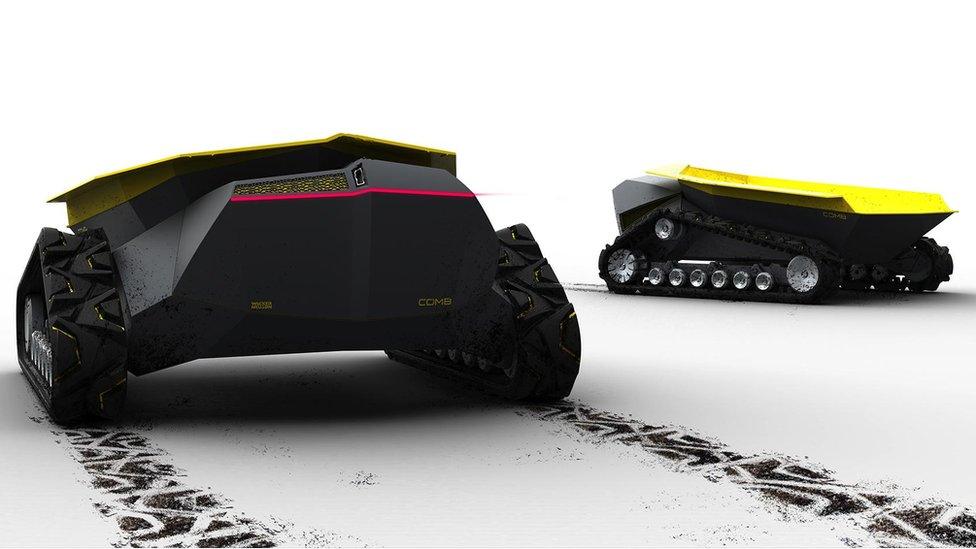
Comb is a design for a driverless dumper truck. The Austrian project proposes using GPS location tech to direct the vehicle, meaning it would not have to make room for a person on board.
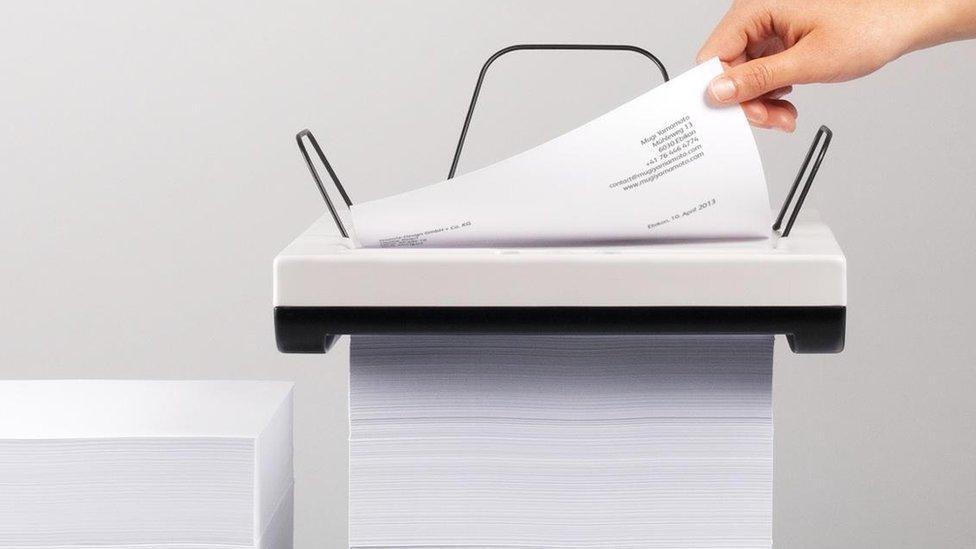
Stack is a slim-line printer that moves down a pile of paper as it goes, rather than requiring the sheets to be loaded inside. The Swiss team behind it suggests it would be ideal for small homes.
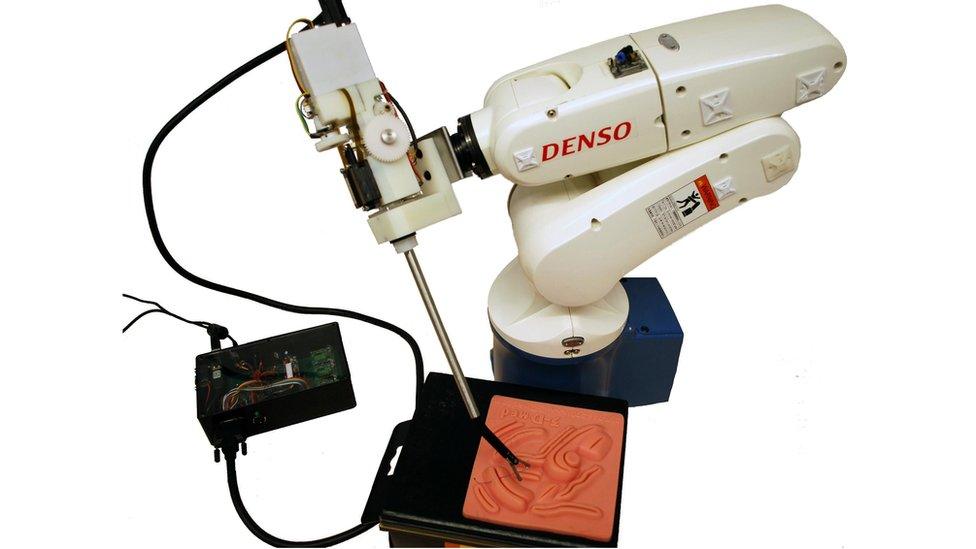
This automated suturing tool aims to free up medical staff to carry out other tasks. The Canadian team behind it have designed the device to stitch together incisions made during abdominal surgery and says it could help operations be completed more quickly.
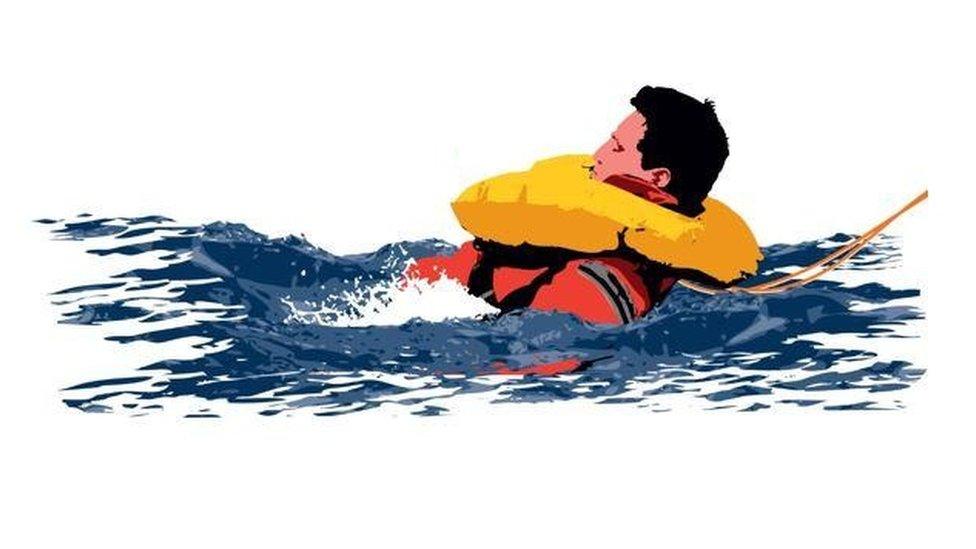
TeamO is designed to ensure that someone being towed in a lifejacket is put in a position where their face is out of the water. Its British creators have also placed a support around the base of the neck to help protect the wearer from oncoming waves.
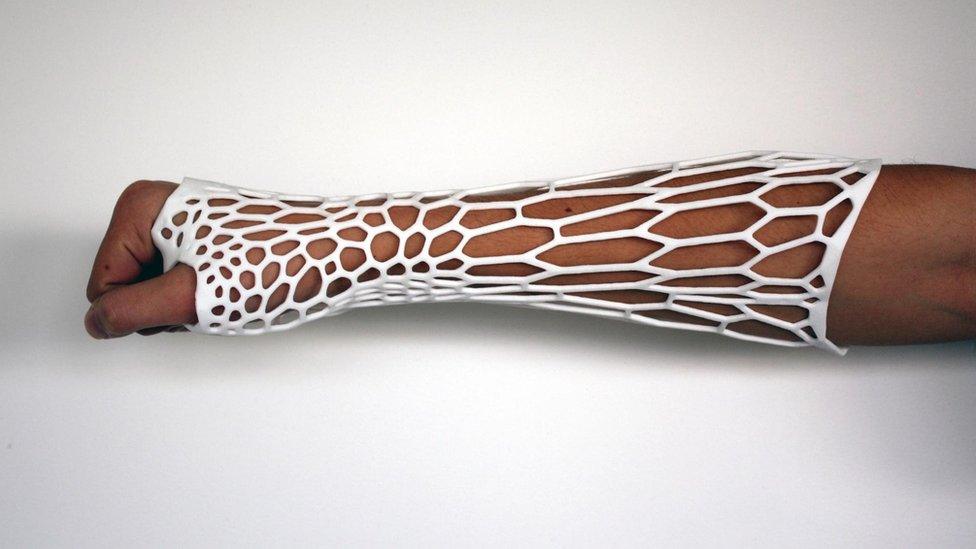
The Cortex is a 3D-printed cast, which aims to address the problem that plaster-based alternatives are heavy, itchy and smelly to use. Its New Zealand creators highlight that it is made out of recyclable plastic to reduce waste.
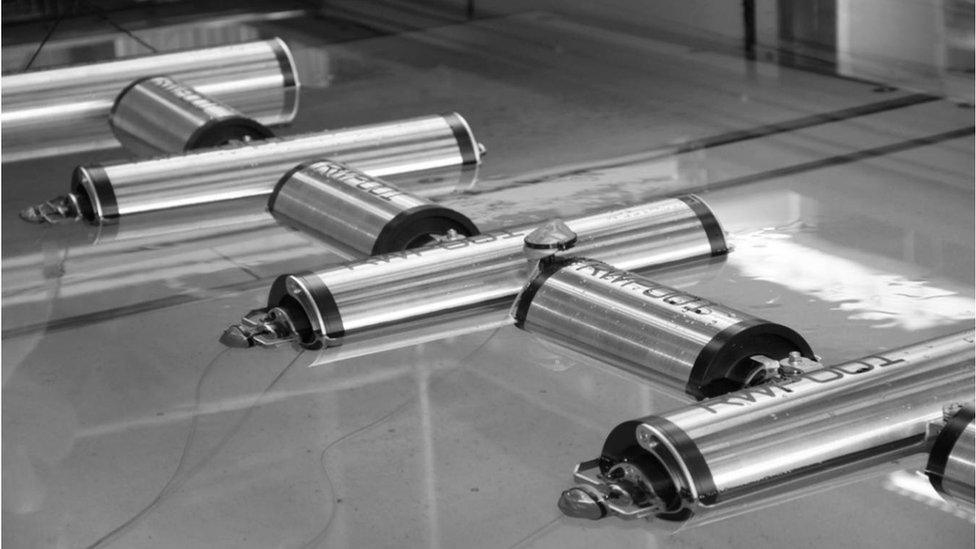
The Renewable Wave Power generator has already secured the prize in the UK round of James Dyson's competition. It uses loosely coupled pistons to reap power from tidal waters, and aims to solve the problem that such devices usually only work best when the water is travelling in one direction.
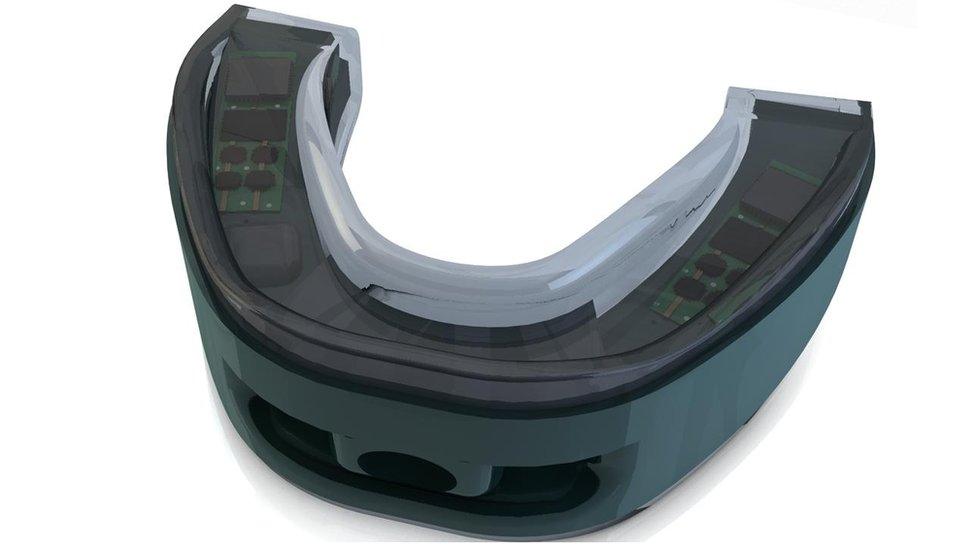
Mamori is a gum shield fitted with sensors, designed by an Irish team of engineers. It is intended to monitor sportsmen and sportswomen, contacting medical staff it it detects a high risk of concussion.
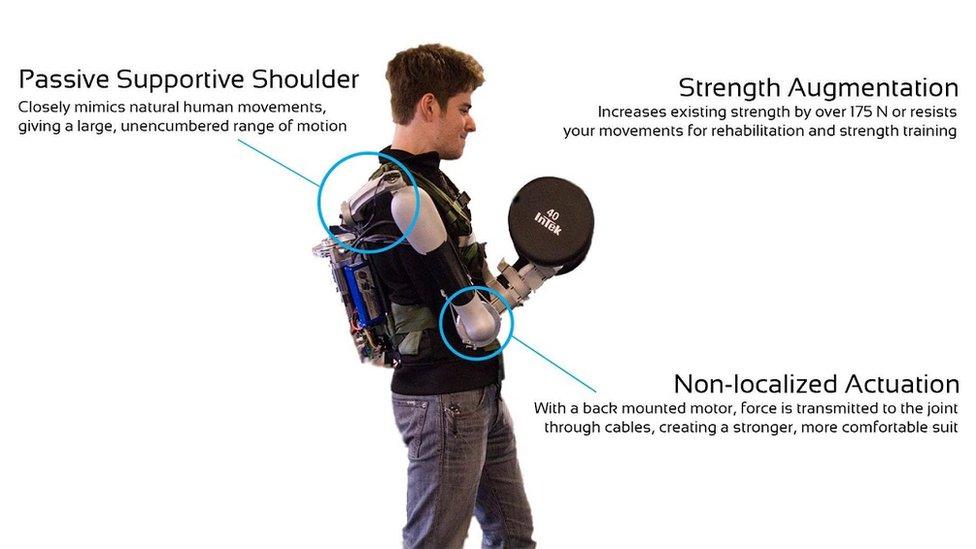
The US-designed Titan Arm is an upper-body exoskeleton that promises to boost the wearer's strength. Its creators suggest it can also be used to help injured people rebuild muscle.
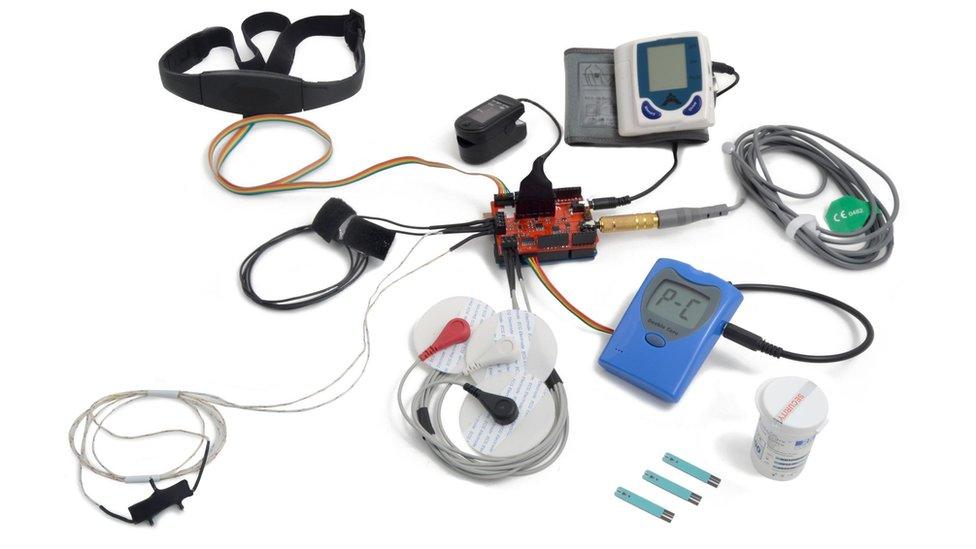
E-health uses Raspberry Pi and Arduino computers to offer a budget way of measuring blood pressure, blood oxygen levels and other biometric data. Its Spanish inventors suggest the information could then be used by owners to make a medical diagnosis without leaving the home.
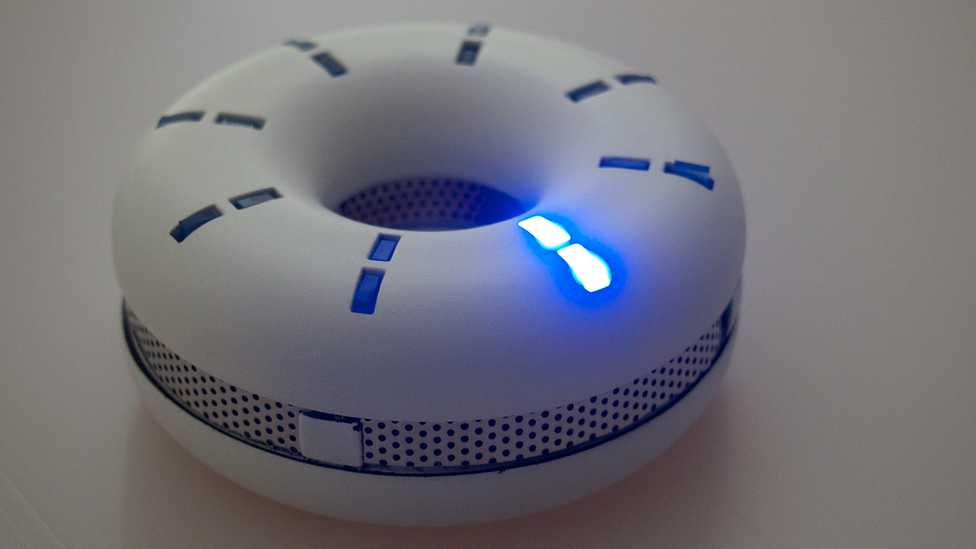
The Awaring is designed to help people with a hearing impairment follow conversations. The Japanese device uses lights to indicate which person is speaking and how loud they are.

Handie's components can be reproduced using a 3D printer. Its Japanese makers suggest that should make it cheaper to maintain the prosthetic hand.
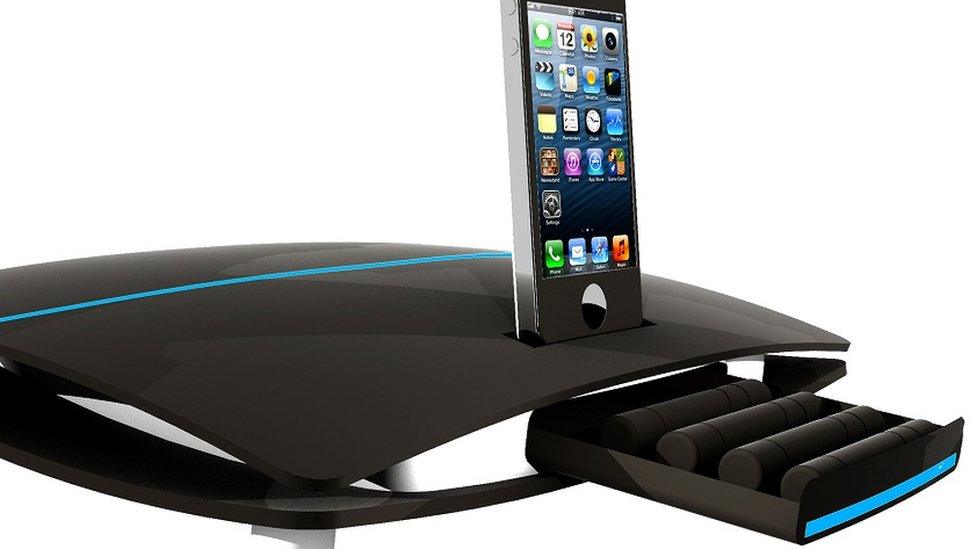
Gluco uses a smartphone linked to a special watch to measure blood sugar levels. The French team behind it say that if levels become too high or low the information could be transmitted to a nominated contact.
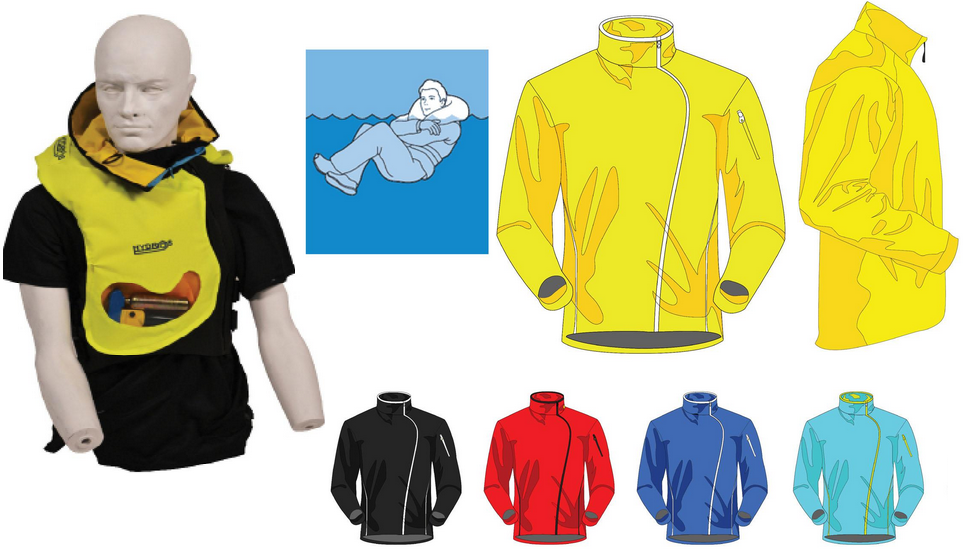
Hydros offers an update to the way life jackets are made. The Irish team behind it says it is more comfortable to wear and offers better protection against the cold than traditional designs.
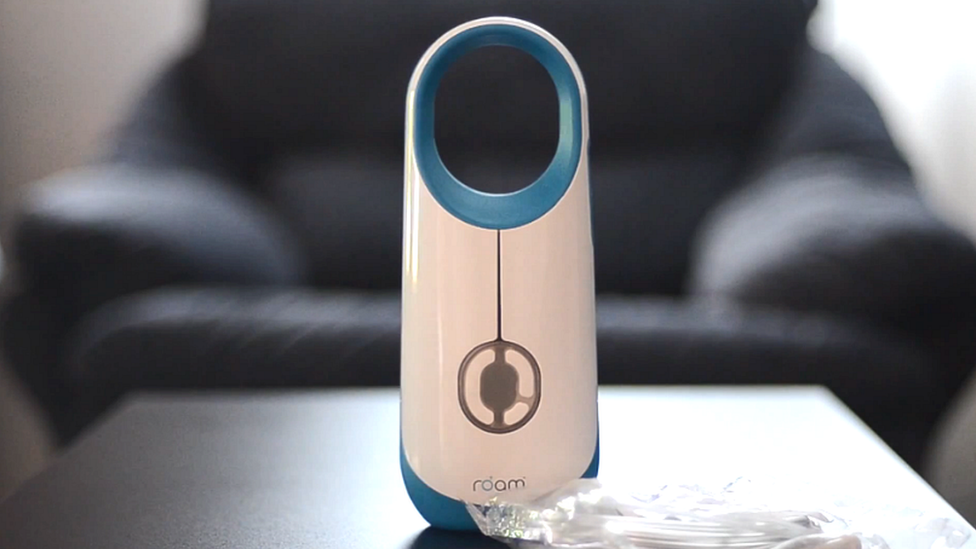
Australian invention Roam is a oxygen cylinder created for young children. It comes with a nasal mask and, its creators say, is easier to carry than current alternatives used to treat severe asthma attacks.
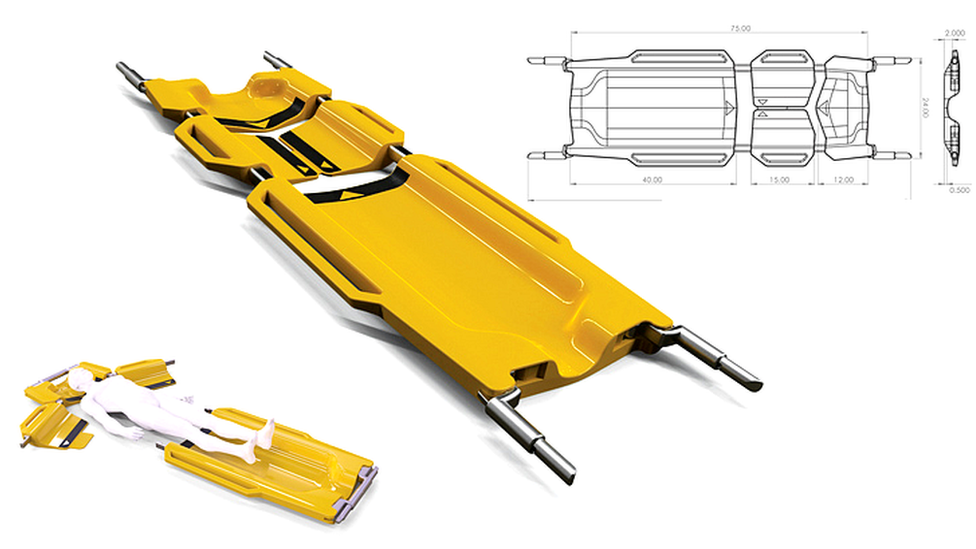
Lenify is a stretcher that splits into three parts. The US team behind it says their design allows medics to slide the different sections under the patient rather than having to lift and place the injured person onto a canvas, which can cause further harm. The winner will be announced on 7 November.
- Published12 September 2013
- Published30 August 2012